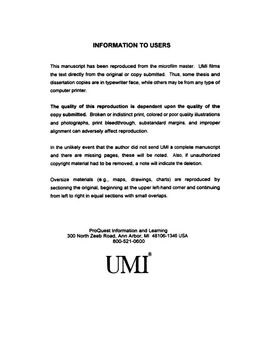| dc.contributor.advisor | Sutton, William H., | en_US |
| dc.contributor.author | Chen, Xuelei. | en_US |
| dc.date.accessioned | 2013-08-16T12:18:50Z | |
| dc.date.available | 2013-08-16T12:18:50Z | |
| dc.date.issued | 2003 | en_US |
| dc.identifier.uri | https://hdl.handle.net/11244/542 | |
| dc.description.abstract | In this dissertation, Chapter One has given an introduction including literature review. A modified direct integration method is presented in Chapter Two to solve 3-D radiative transfer in emitting, absorbing and linear-anisotropic scattering finite cylindrical media. This scheme effectively avoids an integral singularity in the coupled Fredholm type integral equations of radiative transfer. The scheme leads to faster and more accurate results, which are needed in combined mode and non-gray problems. The calculated incident radiation and heat fluxes agree well with published results by discrete ordinates method. Using the transformed integral equations, the effects of boundary emission and reflection can also be easily handled. In Chapter Three, a general set of integral equations is presented to solve 3-D radiative heat transfer problems in emitting, absorbing and linear anisotropic scattering finite hollow or solid cylinders with non-homogeneous media. By tracing a ray to compute the intensity, it is much easier to handle the spatial changing properties including extinction coefficient. Both the continuous changing property and step-changing property are dealt with without difficulties. The solid angle integration of the incident radiation and heat fluxes is represented by the bounding surface integration. In order to avoid the singularity near the bounding surface, the surface integrations are transformed to new modified integral equations like in Chapter two. By doing so, we get more flexible general integral equations applicable to all cases like 3-D solid cylinders, 3-D hollow cylinders, finite cylinders or infinite cylinders. This scheme has been verified by comparing the results with published data in the literature. It is believed that this method is useful in combined radiation and convection heat transfer problems. Finally in Chapter Four, the combined convective and radiative heat transfer in the entrance length of a pipe with or without the porous insert is solved by control volume method and integral equation scheme. The results are compared between the pipe flow with the porous insert and flow without the porous insert. The porous insert in a pipe will enhance both the convective and radiative heat transfer under certain parameters. The effects of several important parameters on this enhancement are discussed in detail. | en_US |
| dc.format.extent | xx, 178 leaves : | en_US |
| dc.subject | Heat Radiation and absorption. | en_US |
| dc.subject | Integral equations. | en_US |
| dc.subject | Engineering, Mechanical. | en_US |
| dc.subject | Radiative transfer. | en_US |
| dc.title | Transformed integral equations of radiative transfer and combined convection-radiation heat transfer enhancement with porous insert. | en_US |
| dc.type | Thesis | en_US |
| dc.thesis.degree | Ph.D. | en_US |
| dc.thesis.degreeDiscipline | School of Aerospace and Mechanical Engineering | en_US |
| dc.note | Source: Dissertation Abstracts International, Volume: 63-12, Section: B, page: 6049. | en_US |
| dc.note | Major Professor: William H. Sutton. | en_US |
| ou.identifier | (UMI)AAI3073700 | en_US |
| ou.group | College of Engineering::School of Aerospace and Mechanical Engineering | |
